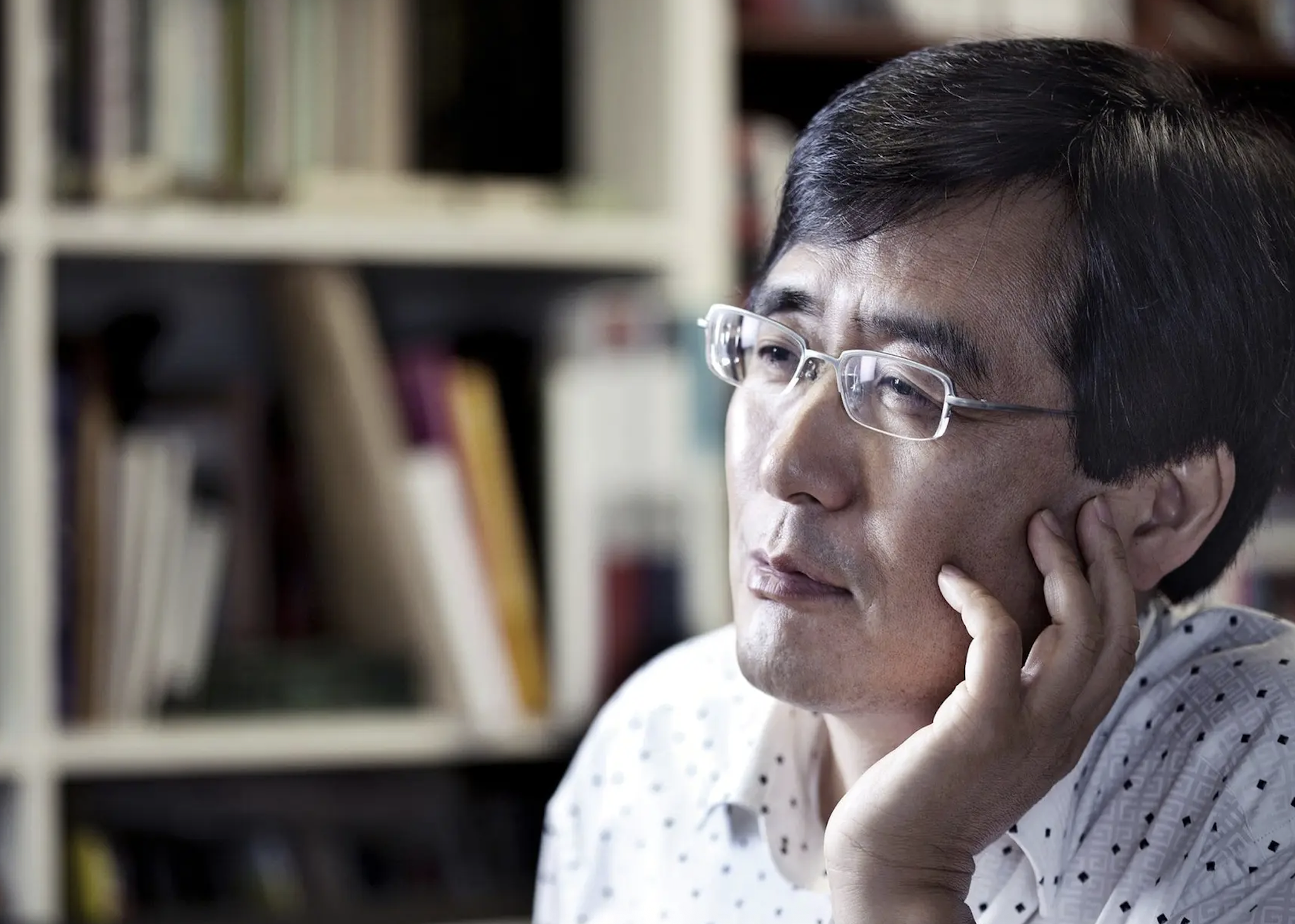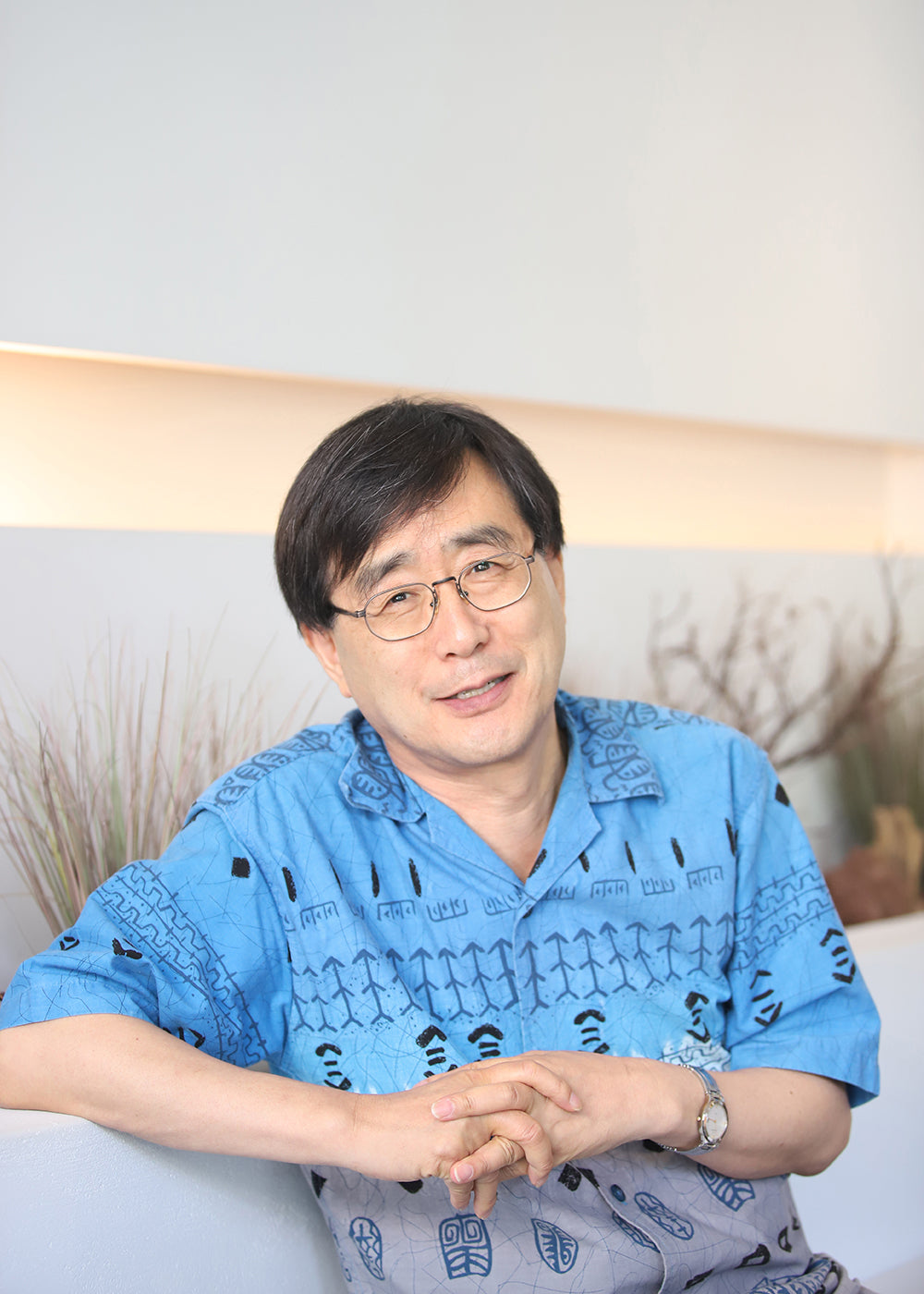In Contrasting Light
The “Contrastes” evening is one of the Paris Opéra Ballet’s increasingly frequent ventures into non-classical choreographic territory.
Continue Reading
World-class review of ballet and dance.
Before founding the Seoul International Dance Festival, Lee Jong-Ho began his career as a journalist. He joined the Korea Herald in 1977, and after contributing translations to the monthly arts magazine Chun in the early 1980s, he started writing dance criticism. He retired from journalism in 2009 after serving as a foreign correspondent in Belgium. In addition to serving as the artistic director of SID Festival, Lee established the CID-UNESCO Korea chapter.



“Uncommonly intelligent, substantial coverage.”
Your weekly source for world-class dance reviews, interviews, articles, and more.
Already a paid subscriber? Login

The “Contrastes” evening is one of the Paris Opéra Ballet’s increasingly frequent ventures into non-classical choreographic territory.
Continue ReadingI’m in the audience of the Pit to watch Kaori Ito’s solo performance, “Robot, l'amour éternel.” It’s in the blackbox performing space at the New National Theatre Tokyo, intimate and close. The stage is an open, raised platform, gauzy white fabric covering the floor.
Continue ReadingArchitects often use scale, along with other design principles such as light, rhythm, and form, to subtly guide a person's eye and body through a space—to take the gaze at street level to the highest point of a building, or to the horizon and beyond.
Continue ReadingAn enchanted forest, a love gone wrong, and a swarm of women in long white tutus—when a formula works, it really works. Such is the case of “La Sylphide,” the nearly 200-year-old Romantic ballet which first premiered in 1832.
Continue Reading
comments